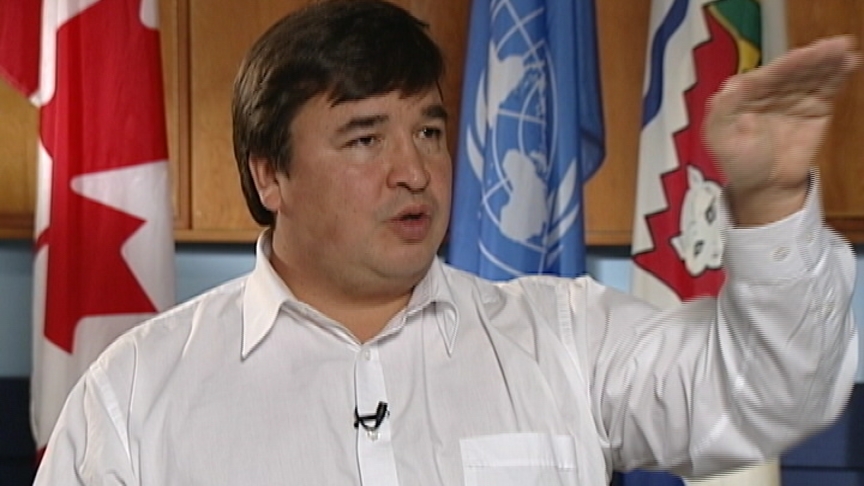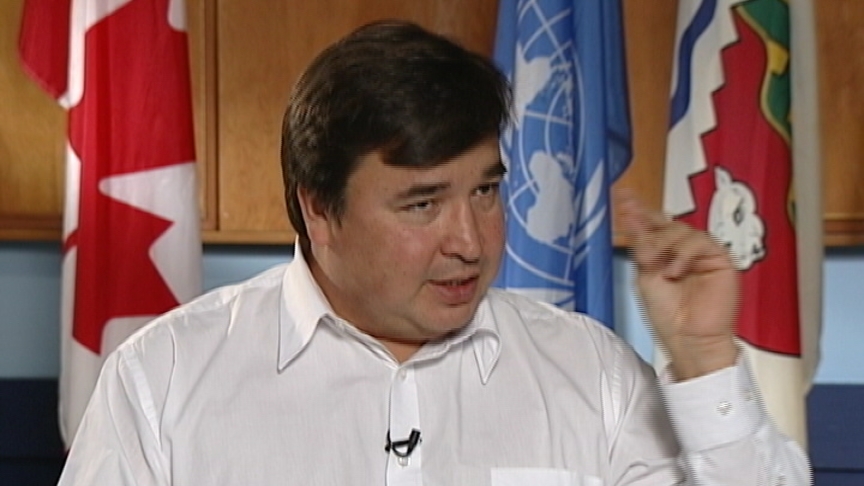Helicopter procedure
Heroes Remember
Helicopter procedure
Transcript
And even tearing down the aircraft, you throw an aircraft in a
hangar for six months, you tear it apart, you rebuild it to make
sure everything is good to go. So there's different areas, I mean
there's not, you don't just do one thing for your career. So...
Interviewer: And did you ever go up in a helicopter
you wished you hadn't been in?
Oh sure.
Interviewer: Tell me about some of those.
One of the, there's something what they call, and all pilots have
to learn this. If you're in flight, like you see, even a jetliner
will glide, it doesn't glide very well, but it glides.
A helicopter isn't supposed to fly, so if an engine goes,
it doesn't glide. So you're in big troubles. But they have,
what they, a procedure, where they go into a dive, and if the
engine completely cuts out, you go into a dive, it's a controlled
dive. And when the, if you're at a thousand or two-thousand
or five-thousand feet, that's how far you drop. The, the trick
what they do is, because there's energy in the blades,
and they keep turning, he has just about five, maybe ten feet
prior to contact, you flare. And what they do is you have a
forward and you flare and you have one chance at landing.
If you flare too early, you drop. If you flare too late, you go
into the ground. And this pilot that I was flying with did this,
and fortunately he did it right. They practise it, and they have
to keep practising and just remind themselves, ok I shouldn't
do it too early, I shouldn't do it too late, this is it and you
have this one chance. So I was in a helicopter that did that
and it was scary. You go into a free fall until you're about
ten feet, maybe twelve feet up off the ground and then you flare
and you land. And I didn't enjoy that very much. But fortunately
for myself, and fortunately there, most pilots don't ever go
through this or flight crew. Fortunately there's a majority of
people that don't have to go through crash landing and stuff
like that and fortunately I was not one of them as well.
But that said, this particular procedure scared, scared me.
I don't want to do that again.
Interviewer: That wasn't in training, that was an actual engine.
No, it was part of training but the...
Interviewer: It was training? And it, it didn't just die on him?
No, but what they do is they disengage the engines so it's
as if you're going through, I mean it's like you're going into
a Boeing and the pilot having to you know, cut out the engine
and you practise landing. It, I didn't realize what he was
doing but I was in the co-pilot seat and he just decided to, to,
to try it. He didn't inform me that, that he was doing this.
And its, its very, it was a very scary procedure. I, I wouldn't
want to go, go do it again. So it wasn't, wasn't because the
engine went, and we're about to crash, but the pilots train for
these things and I just happened to be in the co-pilot's seat
at the time.
Interviewer: Well, let's step back a bit here about
the word trust again....
Exactly!
Description
Mr. O’Loan speaks about a scary procedure used by helicopters to safely land when their engines have cut out.
Timothy O’Loan
Mr. O'Loan was born in Edmonton in 1965. He grew up in a military family as his father, mother and brother all served in the Canadian Forces. Growing up in a military family he moved quite frequently but says his roots are in the north. At the age of sixteen he decided he was going to keep up the family tradition and join the services. He signed up when he was seventeen and served for 10 years. After leaving the forces he moved back to the north where he now works with the government on Aboriginal events.
Meta Data
- Medium:
- Video
- Owner:
- Veterans Affairs Canada
- Duration:
- 03:07
- Person Interviewed:
- Timothy O’Loan
- War, Conflict or Mission:
- Canadian Armed Forces
- Location/Theatre:
- Canada
- Branch:
- Army
- Units/Ship:
- Helicopter 427 squad
- Rank:
- Corporal
- Occupation:
- Helicopter technician
Related Videos
- Date modified:





